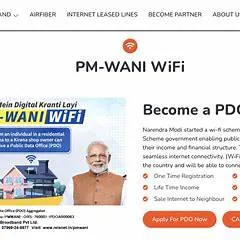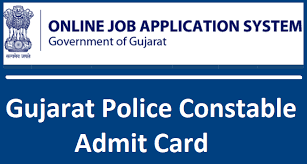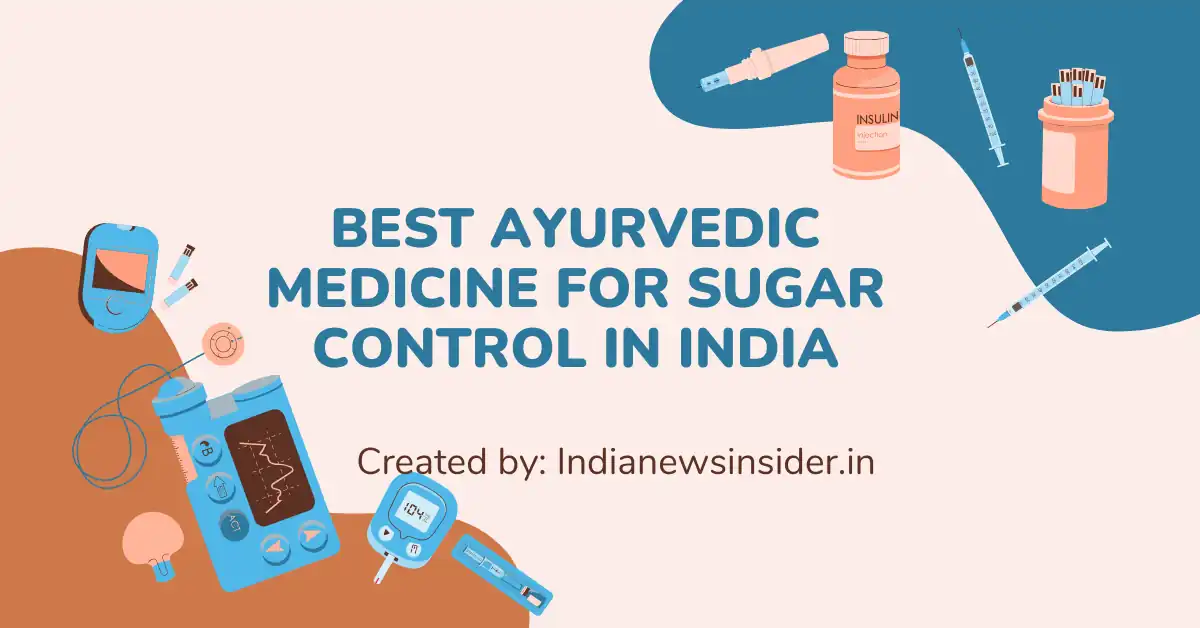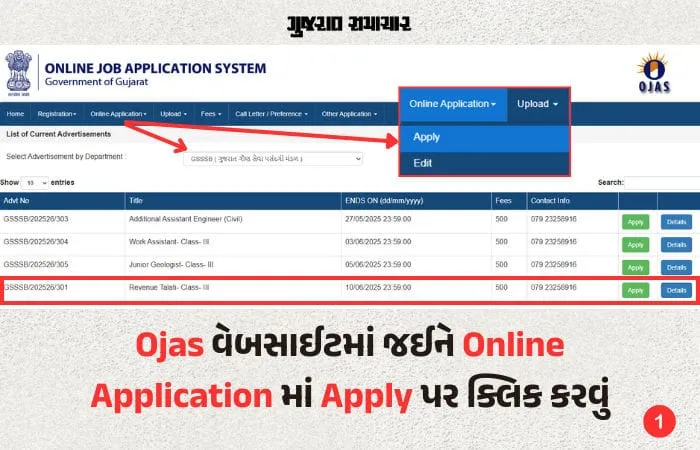PM-WANI WiFi Connection 2025: Bridging India’s Digital Divide

Table of Contents
Introduction
In an era where digital connectivity is paramount, the Indian government’s ambitious initiative, the Prime Minister Wi-Fi Access Network Interface (PM-WANI), aims to democratize internet access across the nation. Launched in December 2020, PM-WANI envisions a robust public Wi-Fi network, especially targeting underserved rural and semi-urban areas. As we step into 2025, it’s imperative to assess the progress, challenges, and future prospects of this transformative scheme.
Understanding PM-WANI
What is PM-WANI?
PM-WANI is a decentralized framework designed to proliferate public Wi-Fi hotspots across India. The core objective is to provide affordable and accessible internet services, thereby fostering digital inclusion and supporting the broader goals of the Digital India mission.
Key Components of the PM-WANI Ecosystem
- Public Data Office (PDO): Local entities, such as shopkeepers or small businesses, that establish and operate Wi-Fi access points without the need for a license or registration fee.
- Public Data Office Aggregator (PDOA): Aggregators that facilitate multiple PDOs by handling tasks like authorization and accounting.
- App Provider: Developers who create applications enabling users to discover and connect to PM-WANI compliant Wi-Fi hotspots.
- Central Registry: Maintained by the Centre for Development of Telematics (C-DoT), this registry keeps records of all App Providers, PDOAs, and PDOs.
Progress and Achievements
Deployment Statistics
As of August 1, 2024, India had approximately 207,677 PM-WANI hotspots installed nationwide. While this marks significant progress, it’s notably short of the initial target of 10 million hotspots by 2022, as outlined in the National Digital Communications Policy (NDCP) 2018.
Socio-Economic Impact
PM-WANI has empowered numerous small entrepreneurs. For instance, in Mirzapur, Uttar Pradesh, a local housewife operates a Wi-Fi hotspot from her residence, selling data vouchers to low-income users. Such initiatives not only provide internet access but also generate supplemental income for individuals.
Challenges Faced
High Backhaul Costs
One of the primary hurdles impeding the scheme’s expansion is the exorbitant cost of backhaul internet connectivity. PDOs often face charges 40 to 80 times higher than standard retail broadband rates, making the venture financially unviable for many small-scale providers.
Resistance from Telecom Operators
Major telecom companies have expressed concerns over PM-WANI, fearing revenue losses due to the availability of low-cost public Wi-Fi. This resistance has, at times, hindered the scheme’s broader adoption and implementation.
Low Data Usage
Despite the availability of hotspots, average daily data usage per hotspot has declined, indicating underutilization. Factors contributing to this include limited awareness, inconsistent service quality, and competition from affordable mobile data plans.
Government Interventions
Tariff Revisions
In response to the challenges, the Telecom Regulatory Authority of India (TRAI) proposed capping tariffs for PDOs at twice the rate of retail broadband services. This move aims to alleviate financial burdens on PDOs and encourage more entities to participate in the scheme.
Policy Reforms
The government is actively engaging with stakeholders to streamline processes, reduce bureaucratic hurdles, and foster a more conducive environment for the proliferation of public Wi-Fi hotspots.

Future Outlook
Integration with Emerging Technologies
PM-WANI holds the potential to integrate with upcoming technologies like 5G and 6G, enhancing service quality and coverage. Such integration can further bridge the digital divide, especially in remote regions.
Expansion Plans
The government remains committed to expanding the PM-WANI network, with revised targets aiming for 50 million hotspots by 2030. Achieving this requires concerted efforts from all stakeholders, including policymakers, telecom operators, and local entrepreneurs.
Conclusion
PM-WANI represents a visionary step towards universal internet access in India. While challenges persist, strategic interventions and collaborative efforts can steer the initiative towards its intended goals. As we progress through 2025, the success of PM-WANI will significantly influence India’s digital landscape, ensuring that connectivity becomes a fundamental right for every citizen.
Similarly, stay connected with us to get various types of latest information. Indianewsinsider
And join us to get information related to government jobs tazzajob.com















